Rising Construction Activities
The resurgence of construction activities across various sectors is a pivotal driver for the crane market in the US. With residential, commercial, and industrial construction on the rise, the demand for cranes is expected to escalate. According to recent data, the construction industry is projected to grow by 4.5% annually, leading to an increased need for efficient lifting solutions. This growth is particularly evident in urban areas where high-rise buildings and complex structures are being developed. The crane market is likely to see a shift towards more advanced and specialized cranes to accommodate these intricate projects. As construction companies seek to enhance productivity and safety, the adoption of innovative crane technologies will further stimulate market growth, positioning the crane market as a critical component of the construction landscape.
Increased Focus on Safety Regulations
The crane market in the US is being shaped by an increased focus on safety regulations within the construction industry. Regulatory bodies are implementing stricter safety standards to mitigate risks associated with crane operations. This heightened emphasis on safety is prompting construction companies to invest in modern cranes equipped with advanced safety features. The market for cranes that comply with these regulations is expected to grow, as companies prioritize worker safety and operational compliance. Furthermore, the potential for reduced insurance costs associated with safer operations may incentivize firms to upgrade their equipment. As a result, the crane market is likely to witness a shift towards safer, more reliable lifting solutions, aligning with the industry's commitment to enhancing workplace safety.
Expansion of Renewable Energy Projects
The expansion of renewable energy projects is emerging as a significant driver for the crane market in the US. As the country shifts towards sustainable energy sources, the construction of wind farms, solar power plants, and other renewable energy facilities is accelerating. This transition is expected to generate a demand for specialized cranes capable of handling large and heavy components associated with renewable energy installations. The market for cranes in this sector is projected to grow by approximately 7% annually, reflecting the increasing investment in green energy initiatives. As companies seek to meet renewable energy targets, the crane market is likely to benefit from the influx of projects requiring advanced lifting solutions tailored for the energy sector.
Infrastructure Development Initiatives
The crane market in the US is experiencing a notable boost due to ongoing infrastructure development initiatives. The federal government has allocated substantial funding for the enhancement of transportation networks, bridges, and public facilities. This investment is projected to reach approximately $1 trillion over the next decade, creating a robust demand for cranes in construction projects. As urban areas expand and require modernized infrastructure, the crane market is likely to see increased activity. The construction sector's growth, driven by these initiatives, is expected to contribute significantly to the overall market expansion, with a projected CAGR of around 5% through 2030. Consequently, the crane market is poised to benefit from this influx of projects, necessitating advanced lifting equipment to meet the demands of large-scale construction efforts.
Technological Integration in Construction
The integration of advanced technologies in construction processes is significantly influencing the crane market in the US. Innovations such as telematics, automation, and smart cranes are becoming increasingly prevalent, enhancing operational efficiency and safety. The market for smart cranes is anticipated to grow at a CAGR of 6% over the next five years, driven by the need for real-time data and improved project management. This technological shift not only optimizes crane operations but also reduces downtime and maintenance costs. As construction firms increasingly adopt these technologies, the crane market is likely to evolve, with a focus on providing high-tech solutions that meet the demands of modern construction practices. The emphasis on efficiency and safety will likely propel the market forward, making technological integration a key driver of growth.



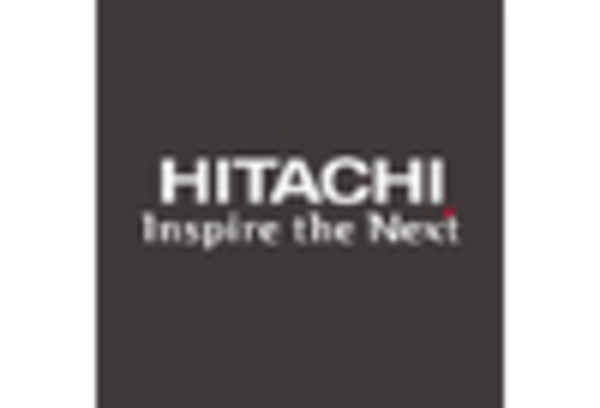
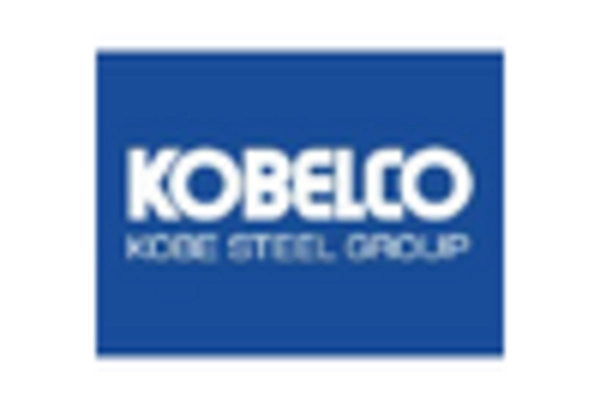
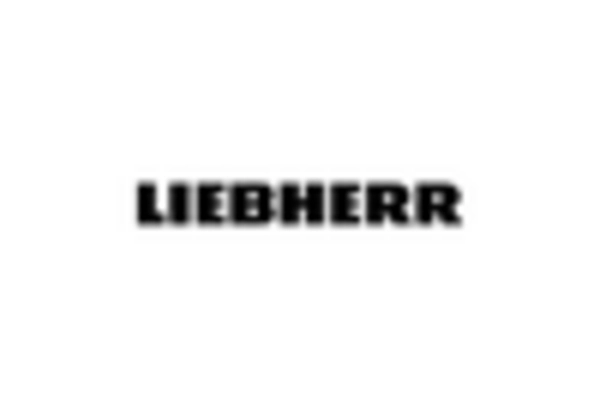
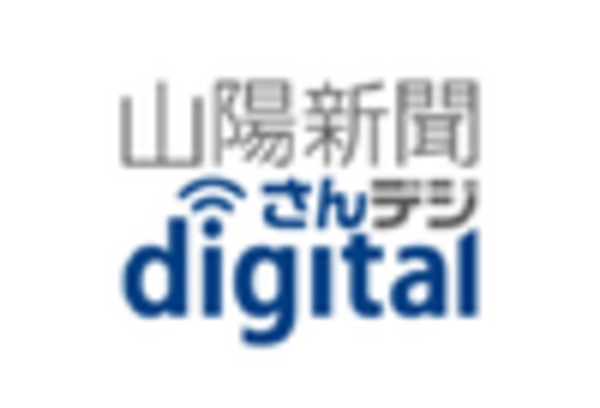
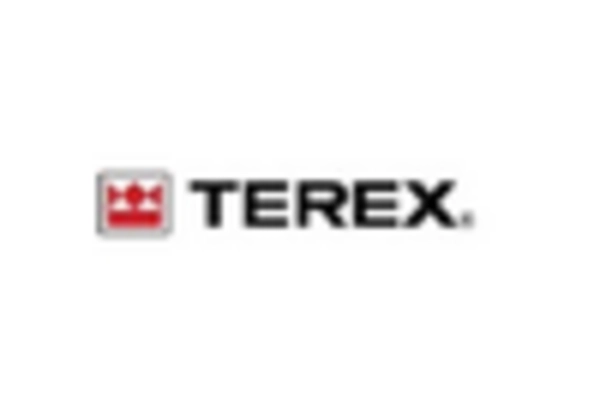









Leave a Comment